The allure of lost cities has fascinated explorers, historians, and dreamers for centuries. These legendary places, often steeped in myth and mystery, draw us into tales of grandeur, adventure, and the unknown. Whether buried under oceans, hidden deep in jungles, or lost to the sands of time, these cities offer glimpses into forgotten civilizations. Here are some of the most captivating lost cities that continue to inspire the imagination.
Atlantis
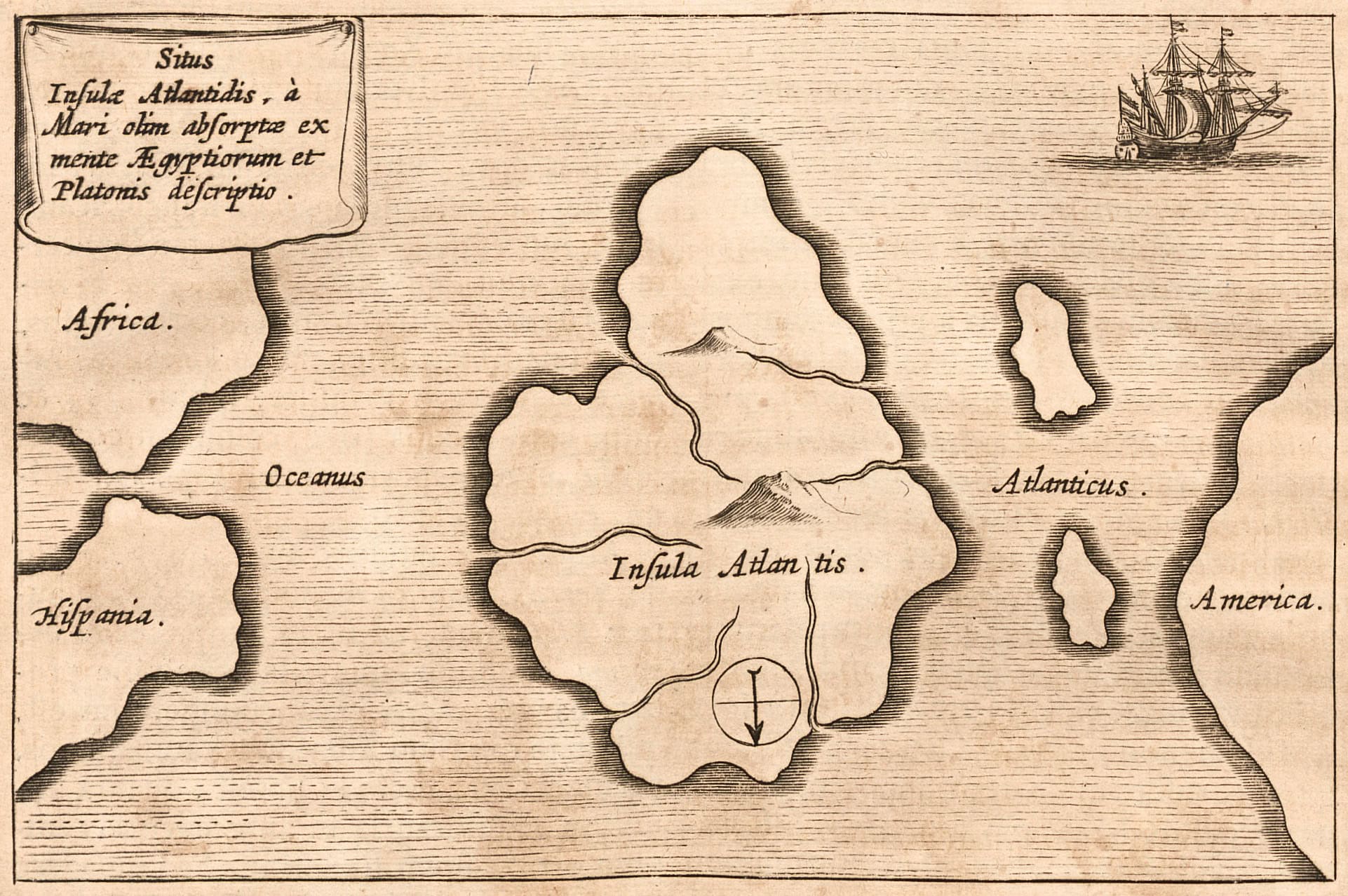
Atlantis is perhaps the most famous lost city, said to have been a powerful and advanced civilization. Plato described it as a utopia that vanished beneath the waves over 9,000 years ago. The story has sparked endless debates and theories. Some believe it lies somewhere in the Atlantic Ocean, while others think it never existed. Regardless, Atlantis remains a symbol of mystery and lost wisdom.
El Dorado
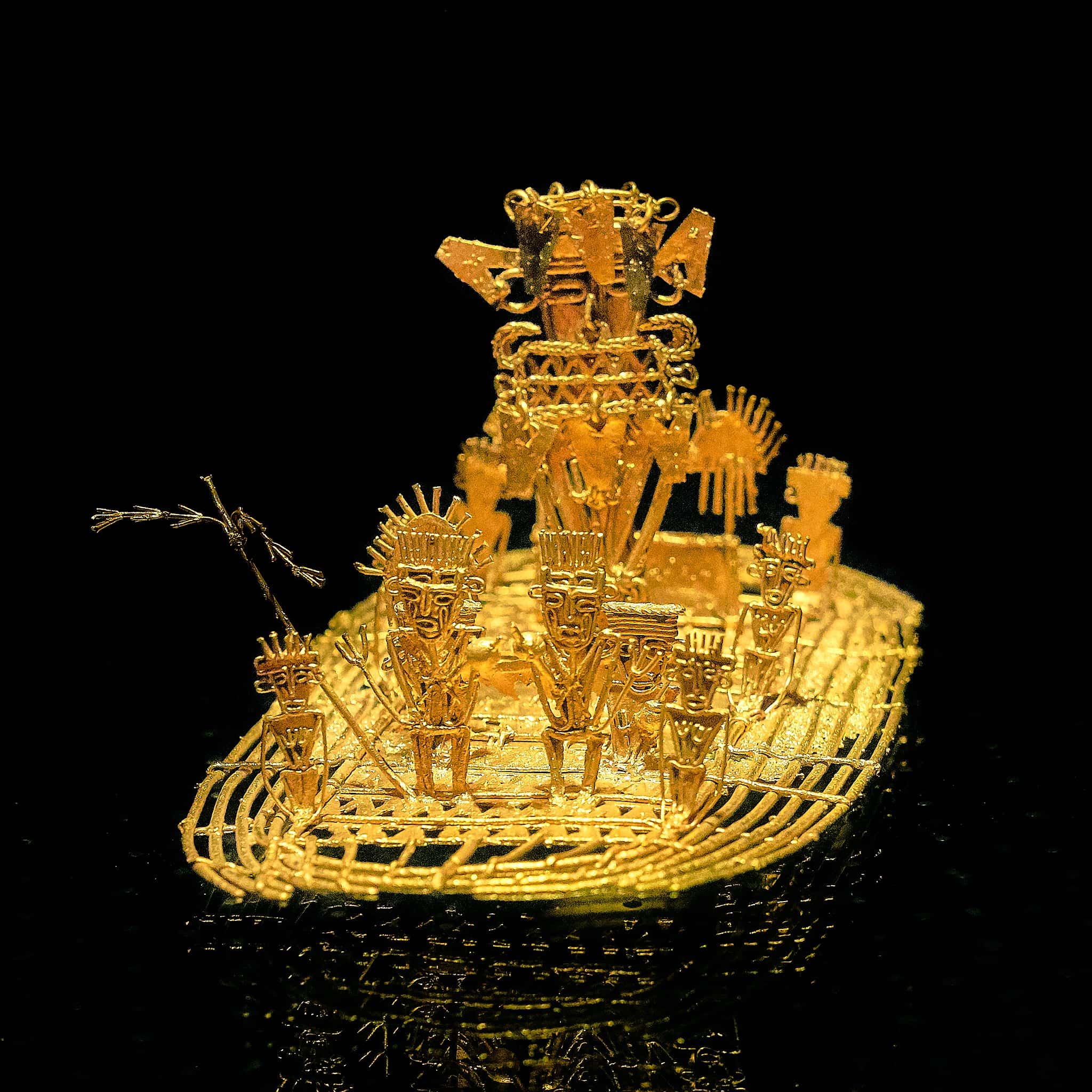
El Dorado, the legendary city of gold, captivated explorers during the Age of Discovery. Spanish conquistadors scoured South America, lured by tales of immense wealth. The city was said to be ruled by a king who covered himself in gold dust. Despite numerous expeditions, El Dorado was never found. Its story continues to symbolize the ultimate quest for riches.
Troy
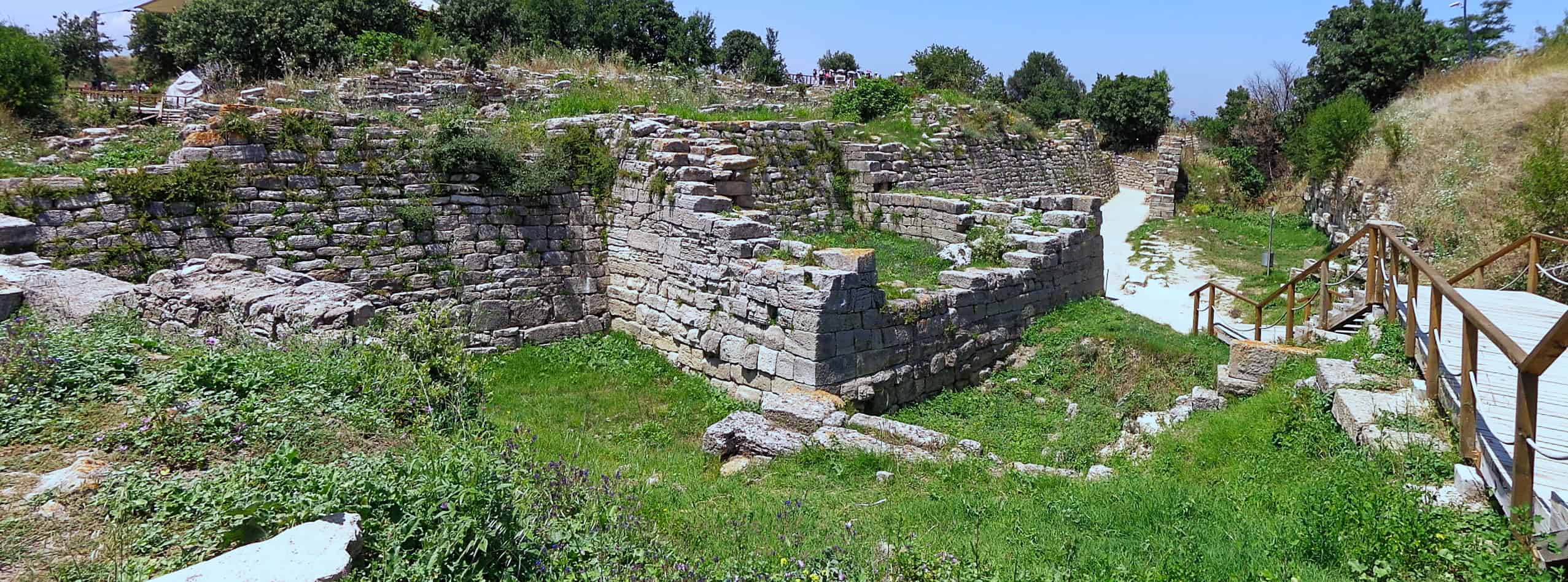
Troy, the city of Homer’s Iliad, was long thought to be a mere legend. The epic tale of the Trojan War and the infamous Trojan Horse captured imaginations for centuries. In the late 19th century, archaeologist Heinrich Schliemann discovered the ruins of what is believed to be Troy in modern-day Turkey. The discovery proved that myths could be rooted in reality, blending history with legend.
Pompeii
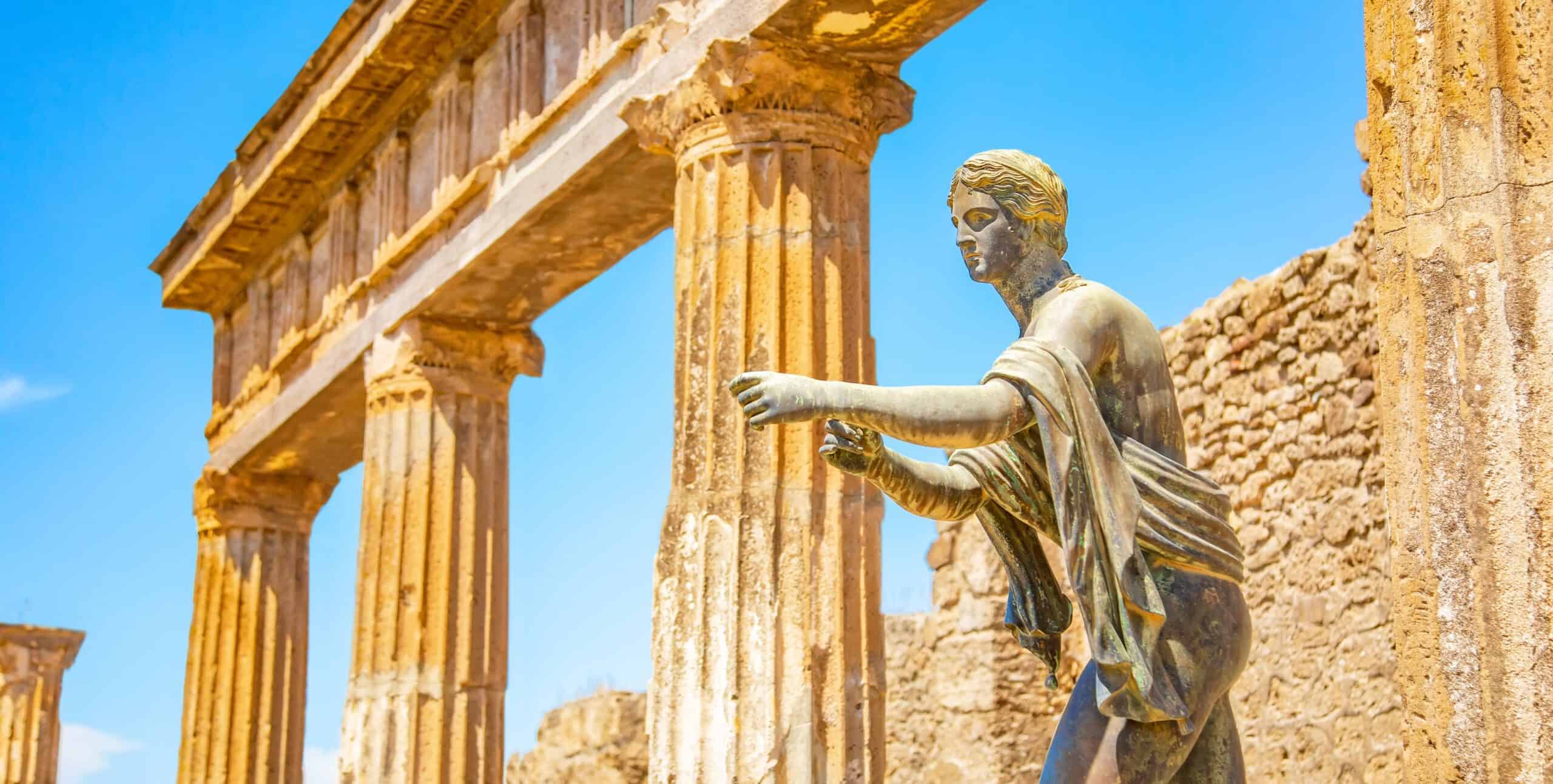
Pompeii, the ancient Roman city, met its tragic end in AD 79 when Mount Vesuvius erupted. The city was buried under a thick layer of volcanic ash, preserving it in remarkable detail. Excavations revealed streets, homes, and even the remains of its inhabitants, frozen in time. Pompeii offers an unparalleled glimpse into Roman life, making it a haunting yet fascinating lost city.
Machu Picchu
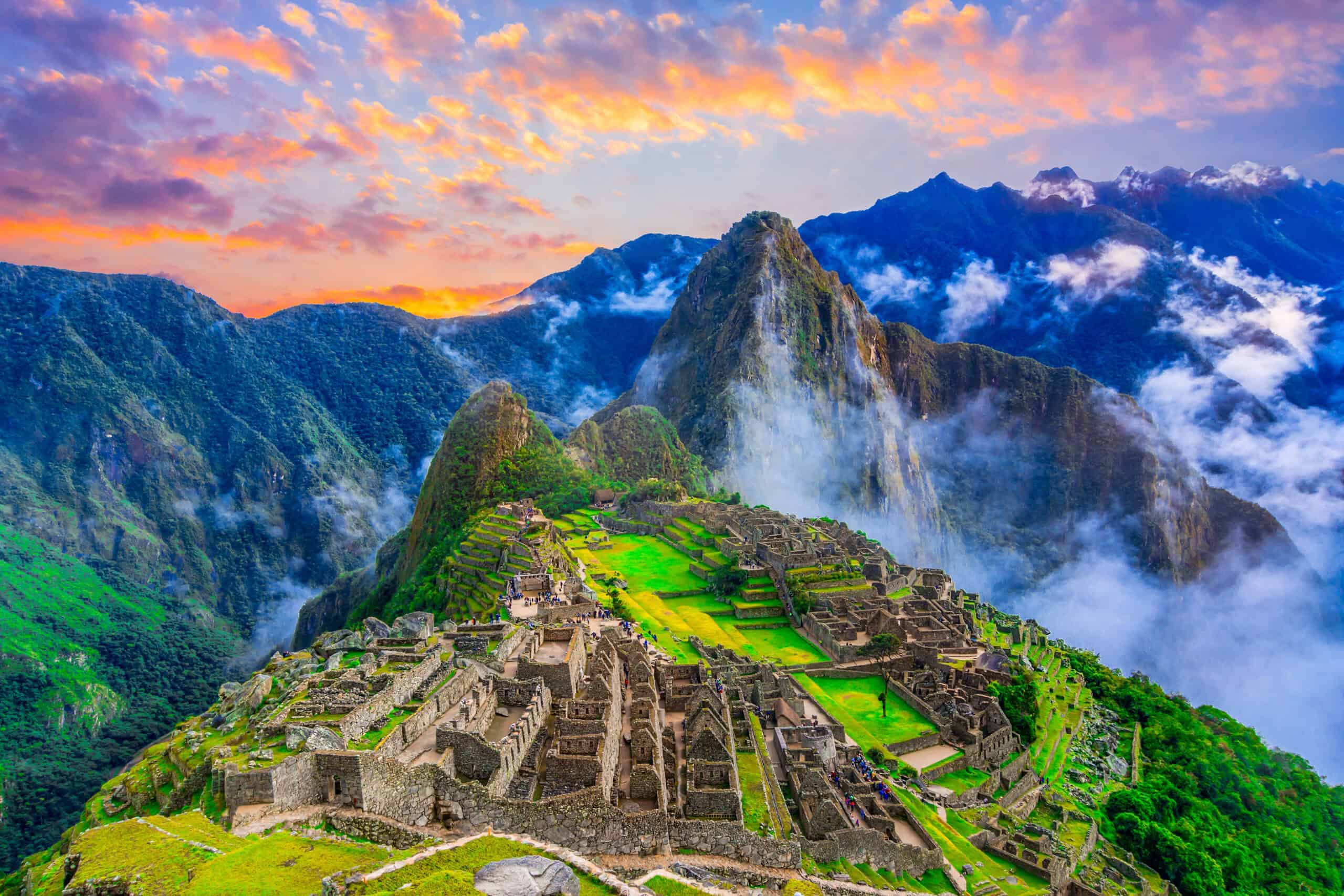
Machu Picchu, the “Lost City of the Incas,” sits high in the Andes of Peru. This ancient city remained hidden from the world until its rediscovery in 1911 by Hiram Bingham. Built in the 15th century, it is renowned for its advanced architecture and breathtaking location. The city is a testament to the ingenuity of the Inca civilization and remains a major archaeological wonder.
Angkor
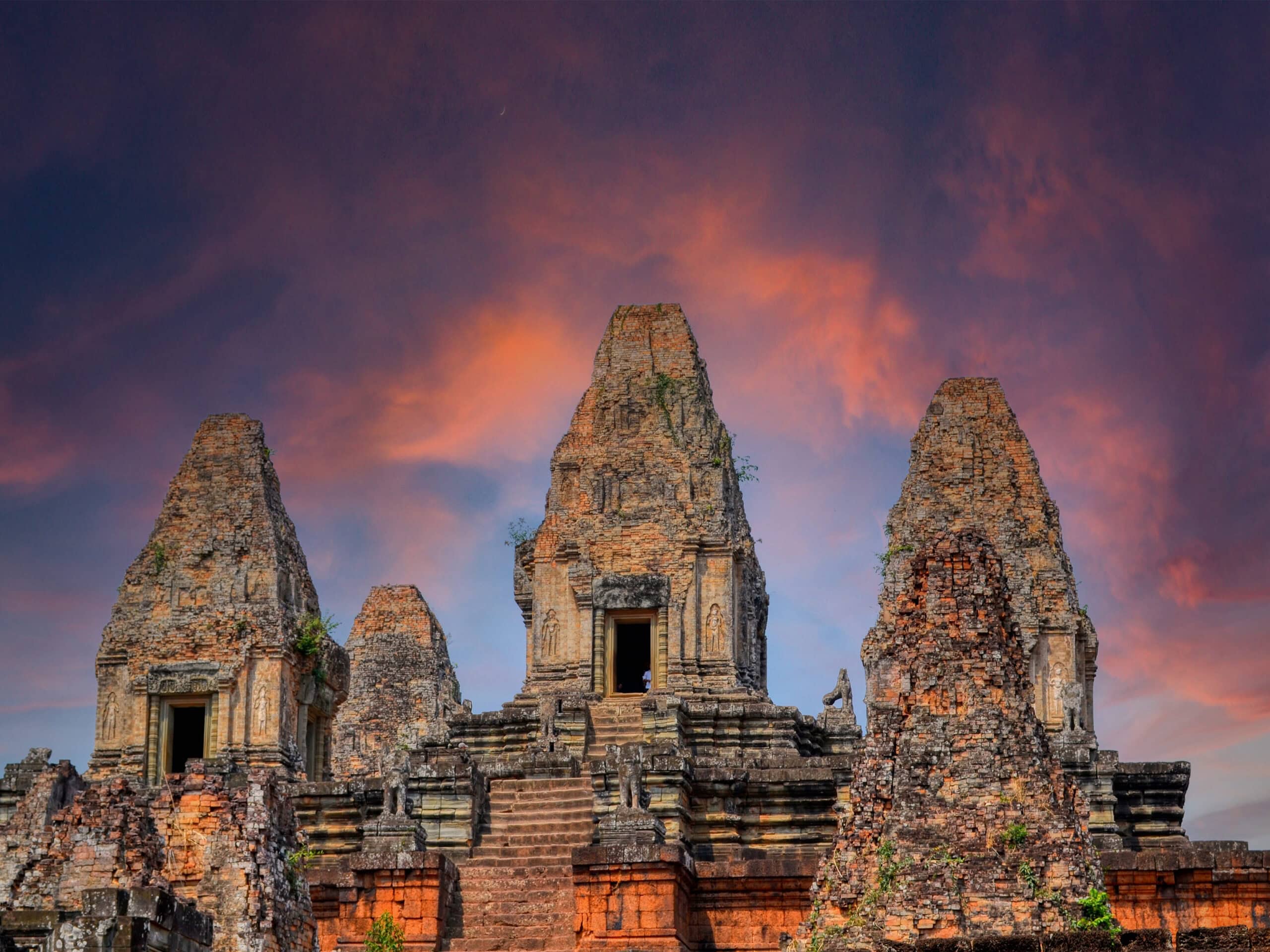
Angkor, once the capital of the Khmer Empire, is now a sprawling archaeological site in Cambodia. At its height, it was one of the largest cities in the world, with intricate temples like Angkor Wat. The city thrived between the 9th and 15th centuries before being abandoned. Over time, the jungle reclaimed it, adding to its mystique and allure as a lost city.
Babylon
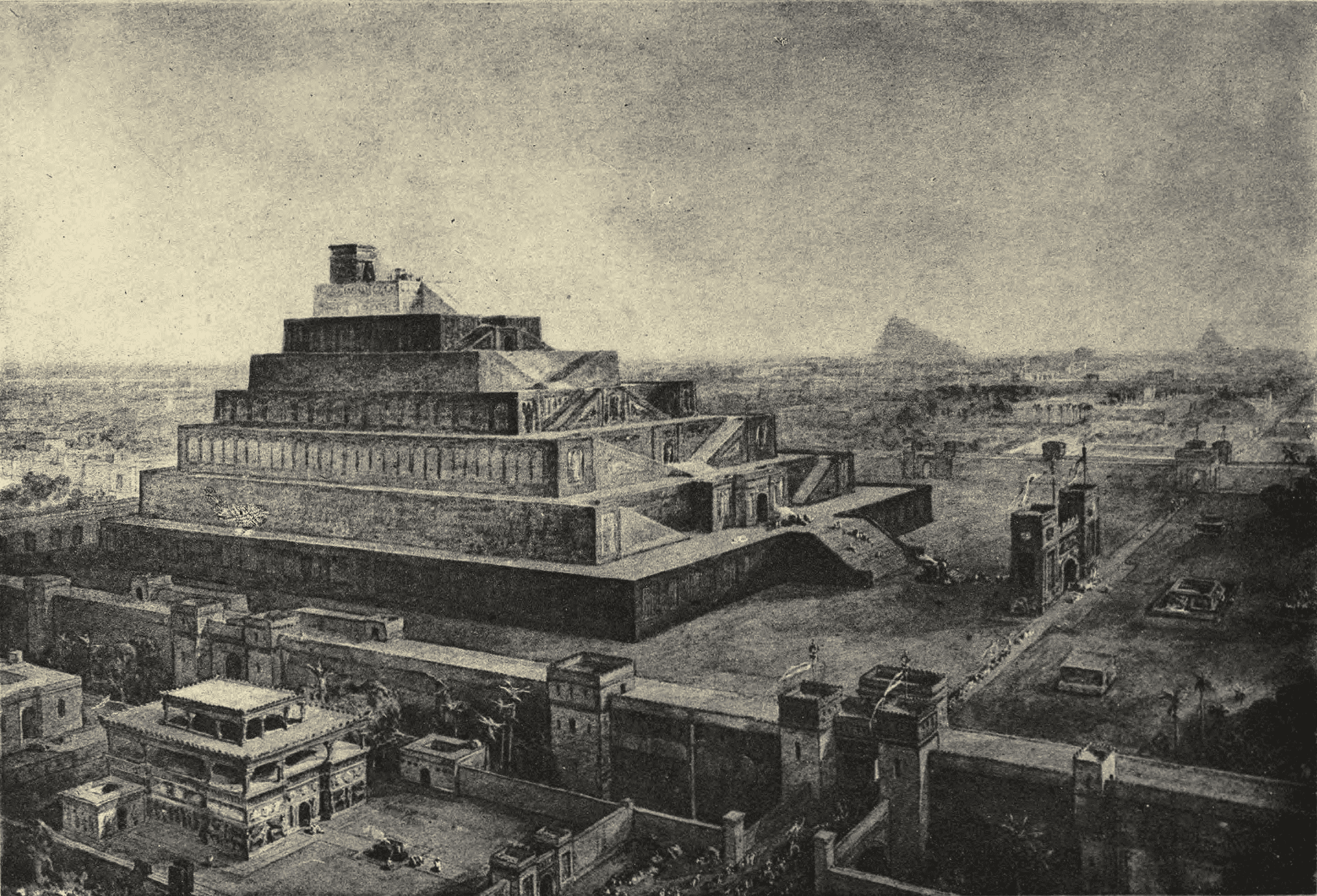
Babylon, the ancient Mesopotamian city, was once a center of culture, science, and power. Famous for the Hanging Gardens, one of the Seven Wonders of the Ancient World, it reached its peak under King Nebuchadnezzar II. Today, only ruins remain, buried in the deserts of Iraq. Babylon’s legacy continues to influence modern civilization, cementing its place in history and legend.
Petra

Petra, the rose-red city carved into the cliffs of Jordan, was once a thriving trade hub. The Nabataeans built it around 300 BCE, creating a city known for its stunning architecture. Hidden in a narrow canyon, Petra remained unknown to the Western world until the 19th century. Its monumental structures and mysterious origins have earned it the title of one of the world’s most legendary lost cities.
Cahokia
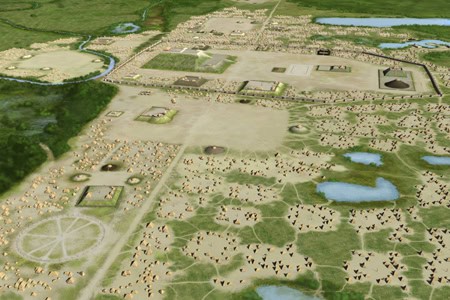
Cahokia was a pre-Columbian Native American city near modern-day St. Louis, Missouri. At its peak around 1100 AD, it was larger than London and one of the most sophisticated societies in North America. The city featured large earthen mounds, plazas, and a complex society. Mysteriously, it was abandoned by the 14th century, and its history was largely forgotten until modern archaeology uncovered its significance.
Ubar
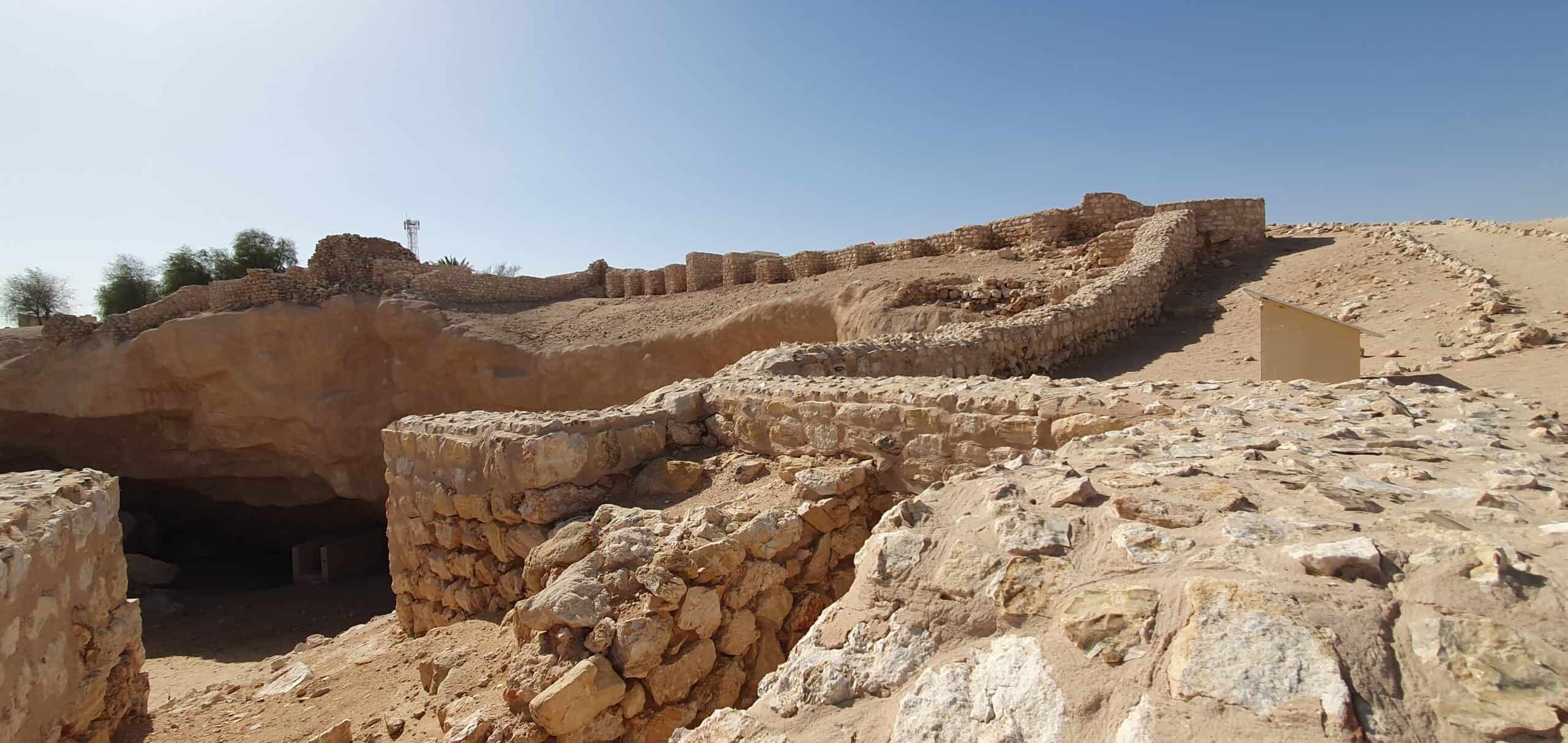
Ubar, known as the “Atlantis of the Sands,” was a legendary city mentioned in ancient texts and Islamic tradition. It was said to have been a wealthy trading hub in the Arabian Peninsula, thriving on the frankincense trade. Ubar was believed to have been destroyed and buried by shifting sands. In the 1990s, archaeologists uncovered ruins in Oman that some believe are the remains of Ubar. The discovery added credence to the legend, though much about the city remains enigmatic.
Palmyra
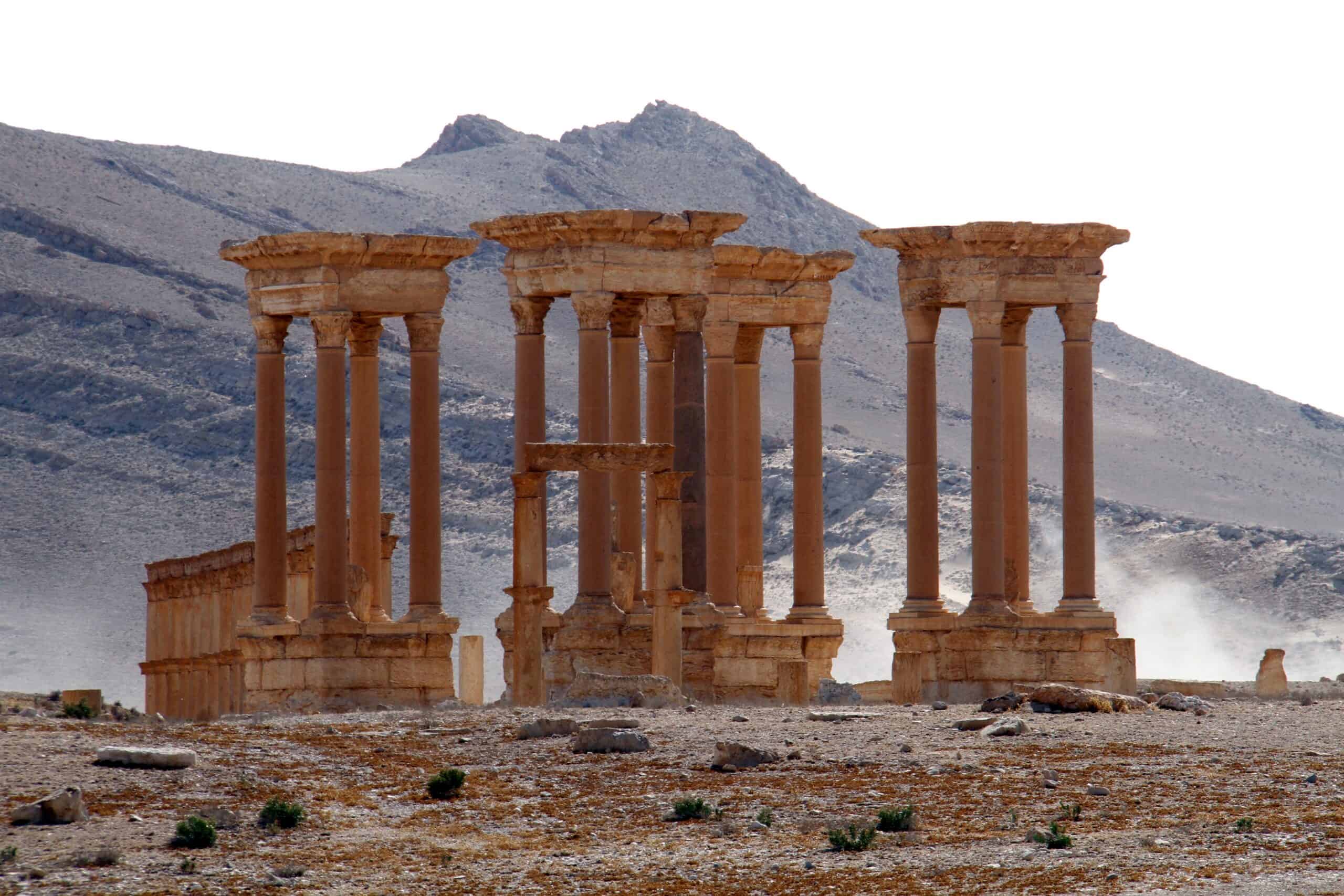
Palmyra, an ancient city in present-day Syria, was a thriving cultural and trading hub in the Roman Empire. Known for its stunning architecture and strategic location, it connected the Roman world with Persia and the East. Palmyra’s wealth was reflected in its grand temples, colonnaded streets, and monumental archways. The city fell into decline after the 3rd century and was eventually abandoned. In recent years, Palmyra has suffered significant damage, but its ruins still stand as a testament to its former glory.
Great Zimbabwe

Great Zimbabwe was the capital of the Kingdom of Zimbabwe during the Late Iron Age, located in modern-day Zimbabwe. The city was a powerful political and trading center, flourishing between the 11th and 15th centuries. Its most famous feature is the Great Enclosure, a massive stone structure built without mortar, showcasing impressive engineering skills. The decline of Great Zimbabwe remains a mystery, but the city’s ruins continue to inspire awe. It is a symbol of African heritage and a reminder of a once-great civilization.
This article originally appeared on Rarest.org.
More from Rarest.org
13 Leading Advertising Agencies with High-Profit Margins

In the fast-paced world of advertising, certain agencies stand out not just for their creativity but also for their ability to generate impressive profit margins. Read More.
14 Rarely Heard Folktales and Legends

Folktales and legends have been passed down through generations, weaving together the cultural fabric of communities around the world. Read More.
15 Amphibians Revived Through Conservation Efforts

Conservation efforts have played a vital role in reviving many amphibian species that were once on the brink of extinction. Read More.
